Speakers
1. Sparse Sampling for Statistical and Graph Signal Processing
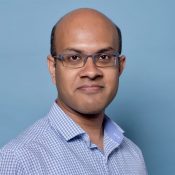
Dr. Sundeep Prabhakar Chepuri
Abstract:
In today’s society, we are flooded with massive volumes of data from pervasive sensors. Large volumes of such data are generated from a variety of modalities such as sensing networks, imaging platforms, surveillance cameras, recommender systems, social networks, transportation networks, and brain networks, to list a few. In some of these applications, the datasets collected are complex in nature. They are complex because they are collected on manifolds, networks, or other irregular domains.
It is becoming increasingly challenging to store, transport, or process all the sampled data, and in some applications, it is even more challenging and expensive to acquire large data sets. To alleviate these problems, it is inevitable to significantly reduce the number of data samples at the source, or reduce the number of expensive sensors, and thereby lower the related memory, communications, and processing requirements. To do so, several unconventional data acquisition mechanisms have been proposed by researchers from the signal processing and machine learning communities to extract as much information as possible by collecting fewer data samples.
The main aim of this course is therefore to present an overview of topics that transform classical sampling methods, often based on Nyquist-rate sampling, to more structured low-cost “sparse sampling” mechanisms designed for statistical signal processing and graph signal processing problems.
2. Fundamentals of Statistical Signal Processing: Detection and Estimation Theory
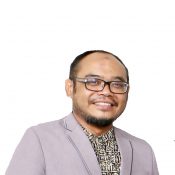
Dr.-Ing. Fiky Y. Suratman
Telkom University, Indonesia
Abstract:
Statistical signal processing is a method which treats signals as random processes. It uses statistical properties to perform signal processing tasks. Modern statistical signal processing can be found at many systems designed to extract information, e.g., radar, speech, biomedicine, image analysis, robotics and communications. Very often, we are only interested in solving an inference problem (extracting information from measurements). This might include detecting an event of interest, estimating the values of group parameters, and possibly followed by determining more information about that event (e.g. classifications).
In this part, we anticipate participants with little knowledge on statistical signal processing. It is also to refresh some fundamental concepts for advanced participants who have been exposed to statistical signal processing. The contents are signal detection and estimation theory: parametric hyphothesis testing, simple and composite hypothesis testing, single and distributed detections. Unbiased (MVU) estimators, linear models, and maximum likelihood estimators. Simple examples are from radar and spectrum sensing in cognitive radio.
3. Theory and Applications of Spectrum Sensing
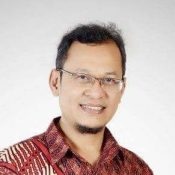
Prof. Andriyan B. Suksmono, PhD
Bandung Institute of Technology (ITB), Indonesia
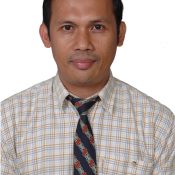
Dr. Koredianto Usman
Telkom University, Indonesia
Abstract:
Compressive Sensing (CS) is a new terminology/technique in signal processing. It opens a new horizon for an efficient data acquisition and compression for special case signal: sparse signal. As sparse signal occurs in wide range of sources, the application of CS has been investigated in various fields such as data compression (audios and images), missing data reconstruction, channel estimation, beamforming and direction of arrival estimation, to name a few. In short, CS provides a new tools for data compression and analysis. This lecture is aimed to give fundamental and theoretical background of CS both in its compression process and reconstruction process. To illustrate the utilization of CS and also to emphasize the theory, working examples using Matlab will be also provided. Working examples in this lecture include: audio and image compression and reconstruction, missing data reconstruction, watermarking and direction of arrival estimation. It is expected that the material in this course give a solid understanding for the audience of CS application fro their research purpose.
4. Supporting 5G era using Artificial Intelligence
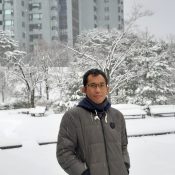
Suryo Adhi Wibowo, Ph.D
Telkom University, Indonesia
Abstract:
Fifth Generation (5G) is predicted will be develop massively on 2022 in Indonesia, and it will make big impact for human life. For the example, many future applications will be used people such as autonomous driving car, humanoid robot, augmented reality, intelligent surveillance system, virtual reality, and etc. Internet-of-things (IoT) will influence most of people’s activity strongly. Further, industry 4.0 will have strong role in the human life. Because of that, material related Artificial Intelligence (AI), Deep Learning and its implementation (programming-based) in the future application are provided in this course. The GOAL of this course is to give the student to have knowledge and ability related AI for supporting 5G era.

Contact Us
E: see.secretariat@telkomuniversity.ac.id Telkom University Landmark Tower Jl. Telekomunikasi Terusan Buah Batu Bandung 40257 Indonesia
Related Links
- Pendaftaran Mahasiswa Baru: smb.telkomuniversity.ac.id/
- Career: cdc.telkomuniversity.ac.id/
- Language Center: lac.telkomuniversity.ac.id/
- Research & Community Service: ppm.telkomuniversity.ac.id
